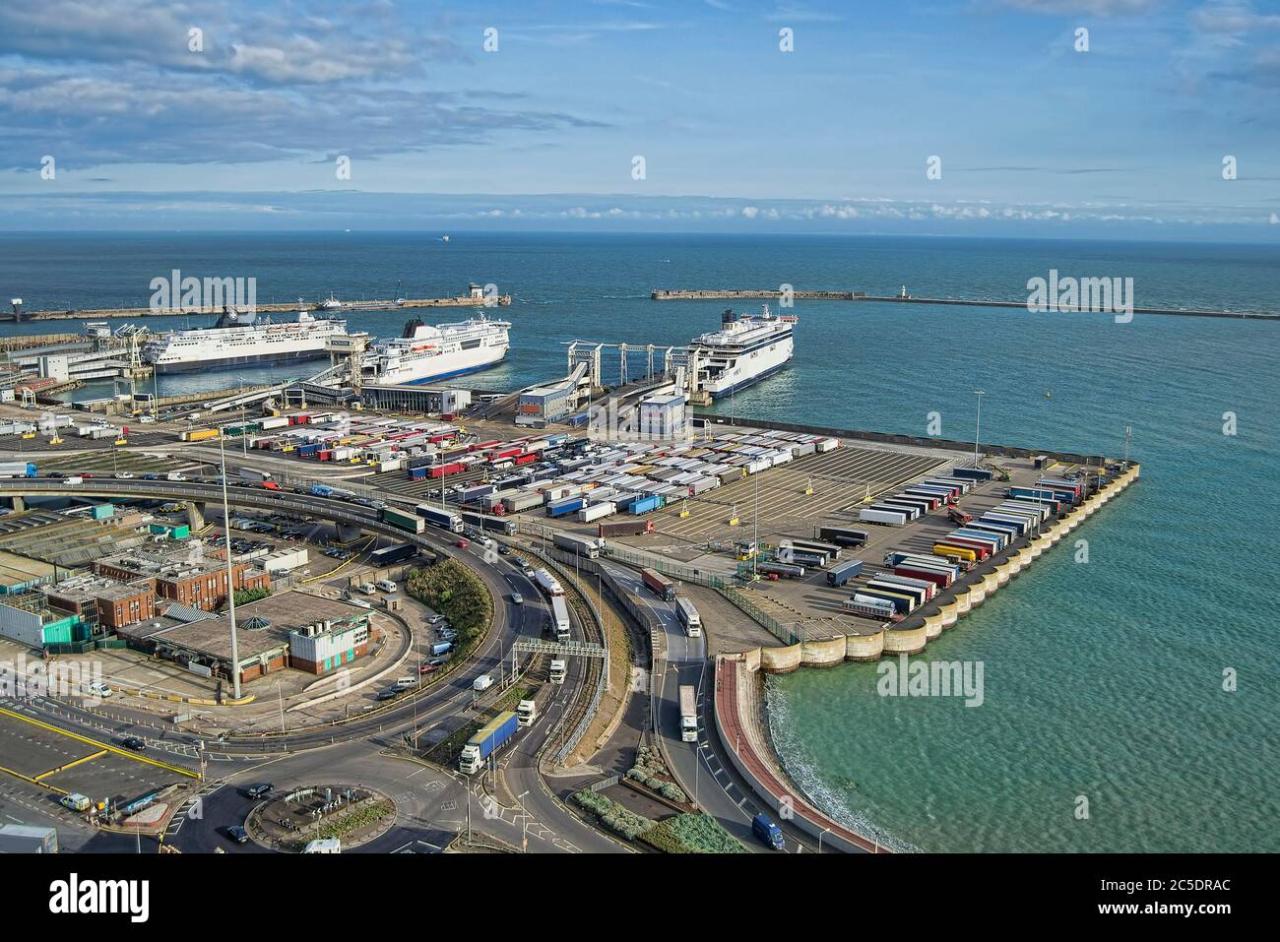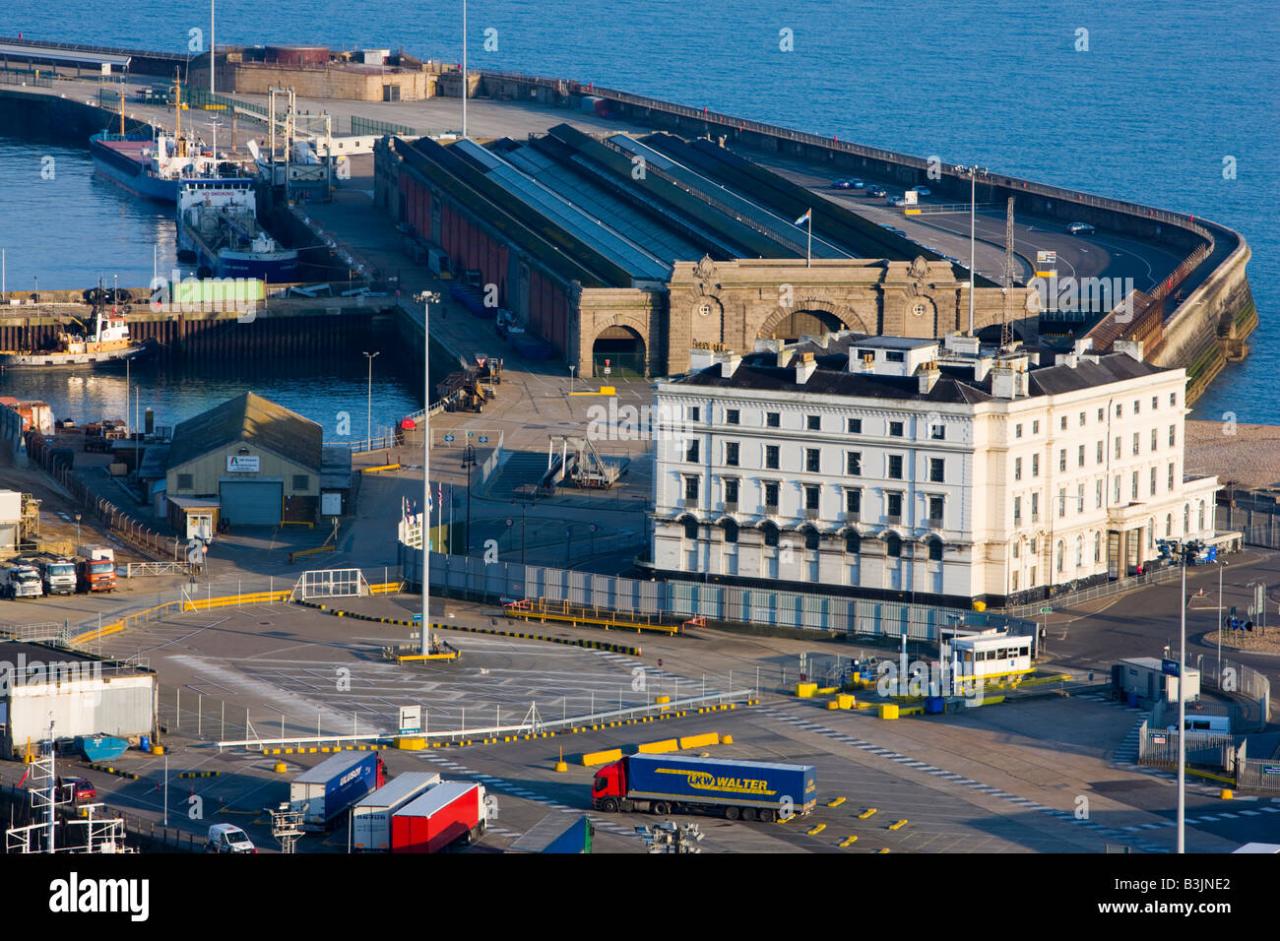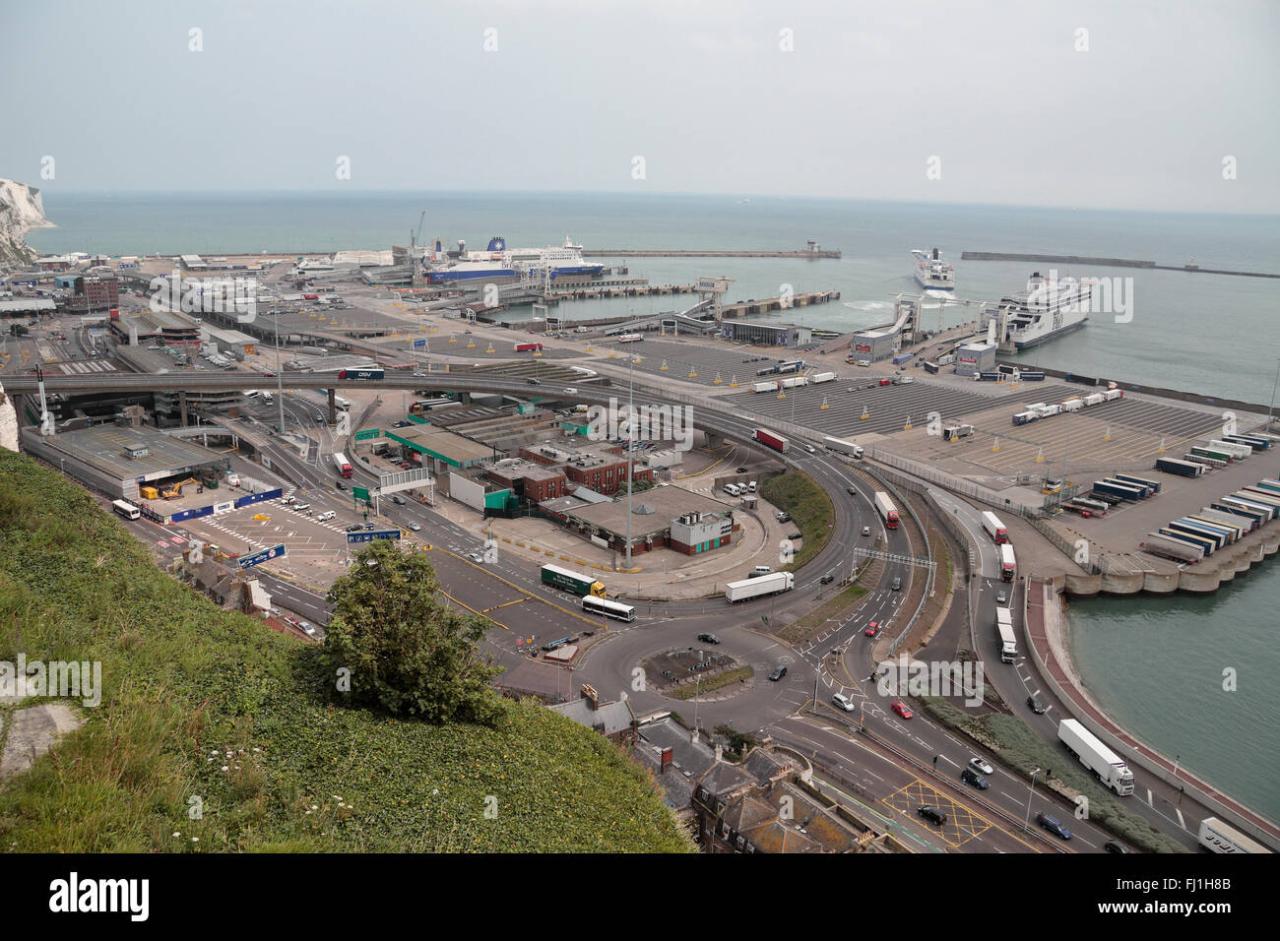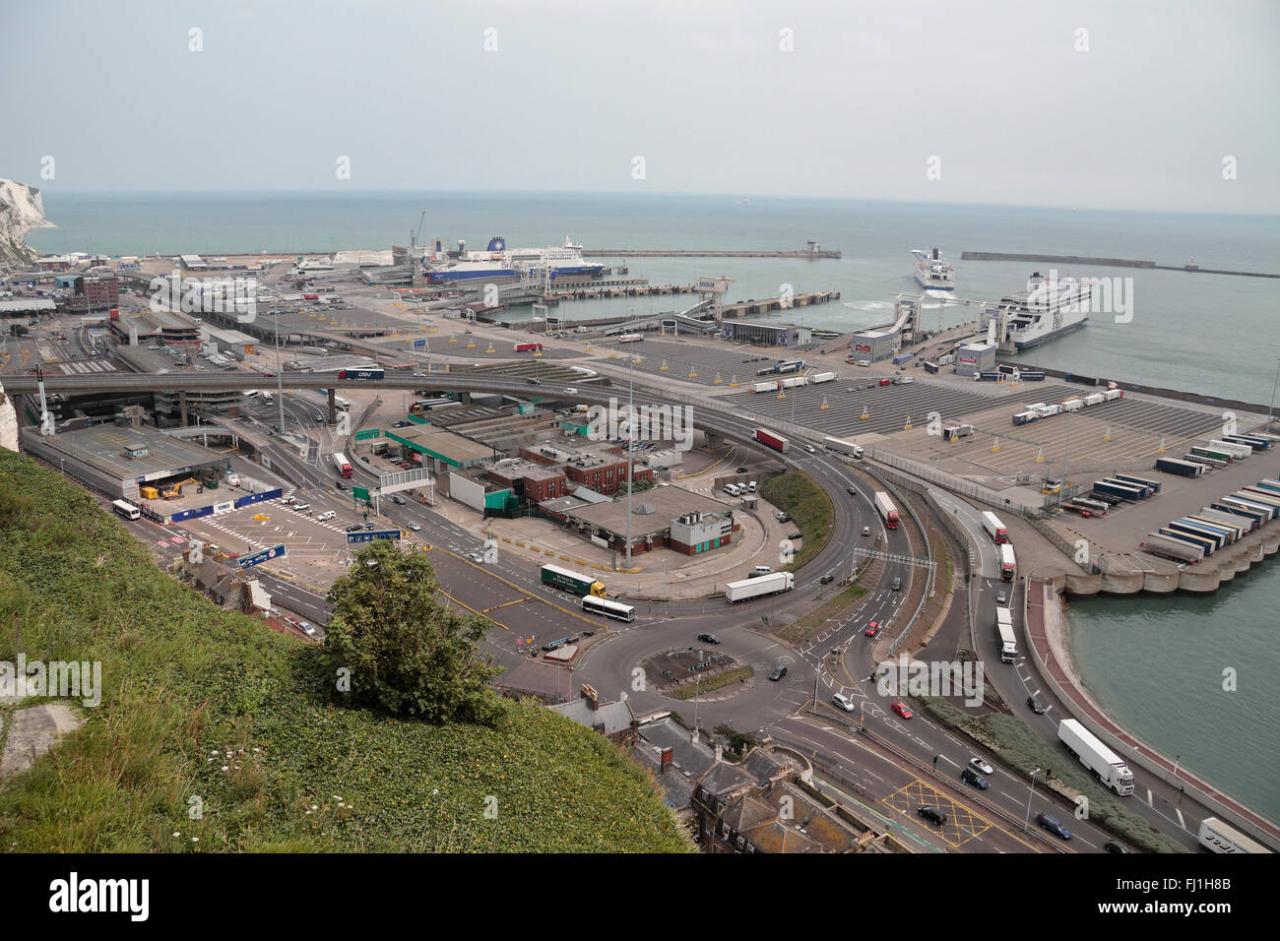Port Dover camera surveillance presents a multifaceted issue, balancing the benefits of increased safety and tourism promotion with concerns about individual privacy. This exploration delves into the locations, types, and legal implications of these cameras, examining their impact on the town’s vibrant atmosphere and the technological advancements shaping their future. We’ll consider both the positive contributions to security and potential drawbacks to consider for the community.
From analyzing the field of view of various camera types across different Port Dover locations to comparing local privacy regulations with those of similar towns, we aim to provide a comprehensive overview. This includes a look at the technological underpinnings of the systems used, from analog to sophisticated AI-powered solutions, and how they affect image quality and surveillance capabilities.
Port Dover Camera Locations and Types
Port Dover, with its vibrant tourism and bustling waterfront, utilizes a network of publicly accessible cameras for various purposes. These cameras vary in type, location, and field of view, impacting both the town’s security and the visitor experience. Understanding their placement and functionality provides insight into how technology shapes daily life and tourism in this Ontario community.
Common Camera Locations
Publicly accessible cameras in Port Dover are strategically positioned to maximize coverage of high-traffic areas. Common locations include the main streets along the waterfront, near the harbour, and in proximity to popular tourist attractions such as the lighthouse and the shops along Main Street. Intersections and areas with high pedestrian traffic also tend to have a higher concentration of cameras.
Camera Types and Field of View
Port Dover likely employs a mix of camera types, each serving a specific purpose and possessing a unique field of view. Security cameras generally offer a narrower, focused view, suitable for monitoring specific areas, while traffic cameras often have a wider field of view to capture a broader perspective of traffic flow. Wildlife cameras, if present, may be strategically placed to monitor local fauna and may have variable fields of view depending on their intended use.
| Location | Camera Type | Estimated Field of View | Potential Uses |
|---|---|---|---|
| Waterfront Main Street Intersection | Traffic & Security | 120-180 degrees | Traffic monitoring, pedestrian safety, crime deterrence |
| Port Dover Harbour | Security, potentially Panoramic | 90-360 degrees (depending on camera type) | Security, boat traffic monitoring, potential search and rescue assistance |
| Main Street Shopping Area | Security | 90-120 degrees | Crime prevention, monitoring pedestrian activity, business security |
| Near the Lighthouse | Security, potentially Wildlife | Variable (depending on camera type) | Tourist safety, potential wildlife monitoring |
Port Dover Camera Legality and Privacy
The legal framework governing publicly accessible cameras in Port Dover, like other municipalities in Ontario, is complex and involves balancing public safety and individual privacy rights. Understanding these legal and ethical implications is crucial for responsible camera deployment and usage.
Legal Implications and Privacy Concerns
The use of publicly accessible cameras in Port Dover is subject to provincial and potentially municipal regulations. These regulations often address issues such as data retention policies, notification requirements, and the purpose for which recorded footage can be used. Privacy concerns arise from the potential for unwarranted surveillance and the misuse of personal data captured by these cameras.
Clear guidelines are essential to protect individual rights while maintaining the effectiveness of the surveillance systems.
Comparison with Other Towns
Compared to similar-sized towns in Ontario, Port Dover’s camera surveillance policies likely align with general provincial guidelines and best practices. Many municipalities have established policies outlining the acceptable use of public cameras, focusing on transparency, data security, and the minimization of intrusive surveillance. Variations might exist based on specific local needs and priorities.
Hypothetical Privacy Policy
A hypothetical privacy policy for public cameras in Port Dover would need to clearly state the purpose of the surveillance, data retention periods, access control protocols, and procedures for handling complaints. It would emphasize transparency and accountability, ensuring that data is used only for legitimate purposes and protected from unauthorized access. The policy would also specify the process for individuals to request access to footage concerning themselves, in accordance with privacy legislation.
Impact of Port Dover Cameras on Tourism and Safety
The presence of security cameras in Port Dover has a multifaceted impact on both tourism and public safety. While cameras contribute to a sense of security and can deter criminal activity, their potential negative impacts on visitor experience and perceptions of privacy need careful consideration.
Positive Impacts on Tourism
Cameras can contribute positively to tourism by creating a safer environment for visitors, encouraging a sense of security, and potentially reducing incidents of theft or vandalism. This can lead to increased visitor confidence and a more positive overall experience, potentially boosting tourism numbers and economic activity.
Contribution to Safety and Security
Cameras serve as a valuable crime deterrent, potentially reducing the incidence of theft, vandalism, and other criminal activities. In the event of an incident, camera footage can provide crucial evidence for law enforcement investigations, leading to faster resolution and potentially higher conviction rates.
Potential Negative Impacts on Tourism, Port dover camera

Potential negative impacts of increased camera surveillance on tourism include a feeling of being constantly monitored, which may deter some visitors who value privacy. Concerns about data security and potential misuse of personal information could also negatively affect the perception of the town and dissuade potential tourists. Overly visible cameras may also detract from the aesthetic appeal of the town.
Technological Aspects of Port Dover Cameras
The cameras used in Port Dover likely represent a blend of analog and digital technologies, each with its own strengths and weaknesses regarding image quality, resolution, and data storage. The integration of advanced technologies such as AI offers further possibilities for enhancing security and efficiency.
Technology Behind the Cameras
Older analog systems may still be in use in some areas, characterized by lower resolution and requiring on-site recording devices. Digital cameras, however, are more prevalent today, offering higher resolution, remote accessibility, and greater flexibility in terms of data storage and transmission. Networked digital systems enable remote monitoring and centralized management of footage.
Image Quality and Resolution
Digital cameras generally offer significantly superior image quality and resolution compared to analog systems. Higher resolution allows for clearer identification of individuals and objects, which is crucial for security purposes. Factors such as lighting conditions and camera lens quality also influence the overall image quality.
High-quality aerial photography of Port Dover is readily available, offering stunning views of the harbour and surrounding areas. For those seeking even more dynamic perspectives, consider the capabilities of a drone with camera , which provides unparalleled flexibility in capturing breathtaking images. The resulting footage could be incredibly valuable for promoting tourism in Port Dover, showcasing its beauty from unique angles.
Advanced Technologies and AI

The potential for integrating AI into Port Dover’s camera surveillance system is significant. AI-powered systems can automate tasks such as object recognition, facial recognition (with appropriate ethical and legal considerations), and anomaly detection, leading to more efficient monitoring and faster response times to potential incidents.
Analog vs. Digital Camera Systems
Analog systems typically use physical recording media (tapes or DVDs), requiring manual retrieval and review of footage. Digital systems, however, record footage onto digital storage, offering easier access, search capabilities, and remote viewing options. Digital systems are generally more cost-effective in the long run, despite higher initial investment.
The Port Dover camera network, known for its picturesque coastal views, recently experienced a surge in unusual activity. This coincided with the news of a drone being shot down in NJ, as reported in this article: drone shot down in nj. The increased activity on the Port Dover cameras may be unrelated, but the timing is certainly noteworthy, prompting further investigation into potential connections.
Visual Representation of Port Dover Camera Coverage
Imagine a hypothetical map of Port Dover showing camera coverage. The map would visually represent the density and distribution of cameras throughout the town, highlighting areas with high camera concentration, such as the waterfront and main streets. Overlapping coverage areas would be indicated, showing redundancy and ensuring comprehensive surveillance.
Typical Camera View in a Busy Location
A typical camera view in a busy location like the waterfront during peak season would show a bustling scene with pedestrians, cyclists, and vehicles moving along the streets. The camera would capture the vibrant atmosphere, with people enjoying the shops, restaurants, and the overall waterfront activity. The details would be sharp enough to identify individuals and vehicles, but not so close as to be overly intrusive.
Hypothetical Camera Feed Scene
A hypothetical camera feed during the Port Dover Friday the 13th motorcycle rally would show a packed street filled with motorcycles, their riders in various attire, and a lively atmosphere. The camera might capture details such as specific motorcycle models, license plates (partially obscured for privacy), and the overall crowd density. The scene would showcase the vibrant energy and unique character of this event.
Daytime vs. Nighttime Footage Comparison

A comparison of daytime and nighttime footage from a specific location, such as the lighthouse area, would reveal significant differences in visual clarity. Daytime footage would offer crisp, high-resolution images with rich color saturation. Nighttime footage, however, would likely show reduced clarity due to lower light levels, although modern cameras with infrared capabilities could provide reasonably clear images even at night, albeit in grayscale or with a slightly different color palette.
Ultimately, the effective use of camera surveillance in Port Dover hinges on a careful balancing act. While the potential for enhanced safety and boosted tourism is undeniable, a robust and transparent privacy policy is crucial to mitigate potential negative consequences. Ongoing dialogue and careful consideration of technological advancements are essential to ensure that Port Dover’s camera systems serve the community’s best interests while respecting the rights of its residents and visitors.
User Queries
What are the penalties for unauthorized access to Port Dover’s camera feeds?
Unauthorized access is a criminal offense, potentially leading to fines and imprisonment, depending on the severity and intent.
How often are the camera systems in Port Dover maintained and upgraded?
The maintenance schedule and upgrade frequency would depend on the specific systems and the municipality’s budget, but regular checks and updates are essential for optimal functionality and security.
Are there any plans to expand the camera network in Port Dover?
Any expansion plans would likely involve public consultation and consideration of privacy concerns before implementation.
